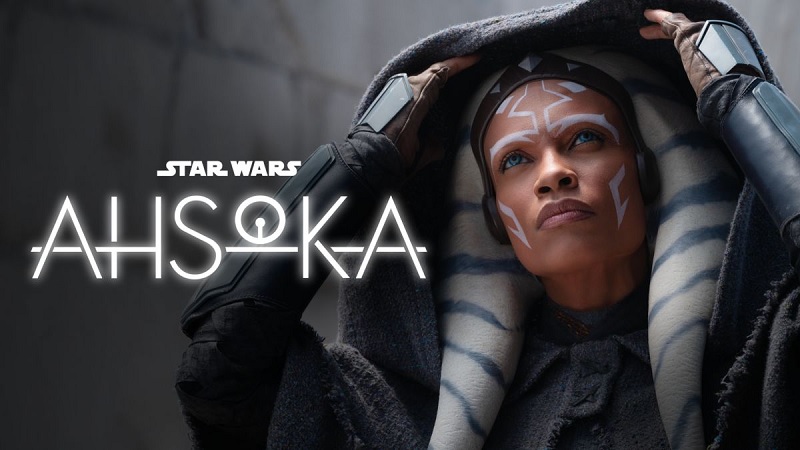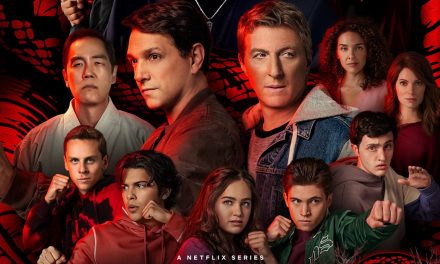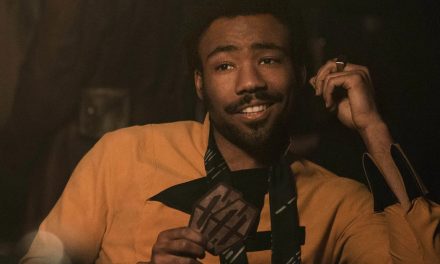[Warning: Article contains minor spoilers for the two-part premiere of Star Wars: Ahsoka.] Star Wars: Ahsoka made its two-episode premiere last night, and early reports from fans indicate grand acceptance of, and excitement for, the series. If you read some of the initial reviews, however, one thing becomes abundantly clear. Some critics will never make the effort to appreciate and/or understand the material they’re evaluating. And that’s too bad, because their failure becomes an undeserved reflection on what looks to be the launch of some spectacular Star Wars storytelling.

Once again, the chief complaint regarding recent Star Wars remains what “critics” call an overreliance on characters and stories of the past. Ahsoka is simply the latest offering to fall victim to the tired trope such criticism has become. For those, uninformed critics, the new series apparently doesn’t offer enough new material, or enough exposition to explain the past. One such reviewer for Rolling Stone even described Ezra Bridger’s appearance in a hologram as a “MacGuffin” to the those unfamiliar with the source material. I’m not going to lie: reading that made this writer’s eyes roll so hard it actually, physically hurt. For so, so many reasons, such criticisms are wholly, completely, off base.
Ahsoka fully embodies Star Wars’ past, to fans’ delight

Such critics of Rosario Dawson’s third go-round as the titular character (after The Mandalorian and The Book of Boba Fett) have utterly missed the point of the series. Too much reliance on the past? This series is the literal continuation of ten seasons of Star Wars storytelling between The Clone Wars and Star Wars: Rebels. It just so happens to be in live-action…. Much to the delight of fans of those, prior series. In just two episodes we’ve already gotten an exponential amount of character depth for both Ahsoka and Sabine Wren (Natasha Liu Bordizzo). For actual Star Wars fans, not the casual critic, that alone was worth the nearly two-hour commitment to watch the premiere episodes.
Ahsoka clearly still struggles with her decision to leave the Jedi Order and abandon Anakin Skywalker. Likewise, we learn that she even tried to continue the training Sabine had begun with Kanan during Rebels (more on that to follow.) Yet, she abandoned that endeavor too. In reflection, she notes that even the right choices can often produce deleterious, and devastating consequences. There’s an emotional depth there that immediately draws us back into the character, and firmly into the series.
Critics just don’t get it
Likewise, Liu Bordizzo lays out her character’s internal conflicts in full display. Sabine continues to grapple with a sense of belonging, or lack thereof. Losing her (arguably) best friend in Ezra Bridger, we now know, has taken far greater a toll on the young Mandalorian than we’d perhaps realized. How she develops from here will certainly be one of the series’ highlights.

Yes, Ahsoka relies on Star Wars’ past. I mean, episode two contained a nearly shot-for-shot, live-action adaptation of the final scene of Star Wars: Rebels. In that one scene Dave Filoni, the show’s writer and creator, perfectly melded his animated and live-action series into one, seamless story arc. Make no mistake; this is a continuation story. That’s what it’s supposed to be.

For those critics who don’t get that, perhaps you should just not watch it, and keep you uninformed opinions to yourselves. Leave Ahsoka to those of us that actually understand, and greatly appreciate, these amazing characters.
Star Wars: Ahsoka airs Tuesdays on Disney+. The two-episode premiere is now available to stream.





![Finn Prequel/Sequel Star Wars Series In The Works For Disney+ [Rumor Watch]](https://www.thathashtagshow.com/wp-content/themes/Extra/images/post-format-thumb-text.svg)
